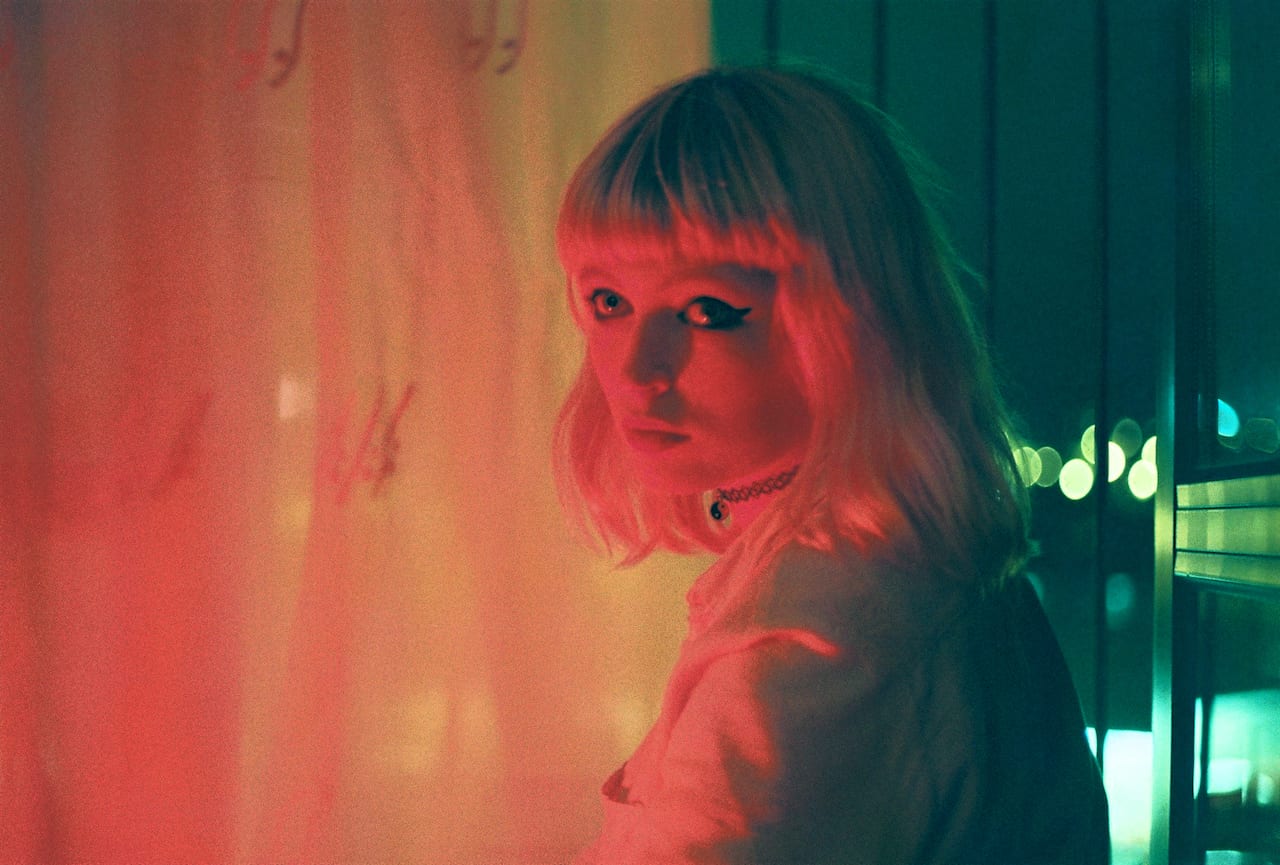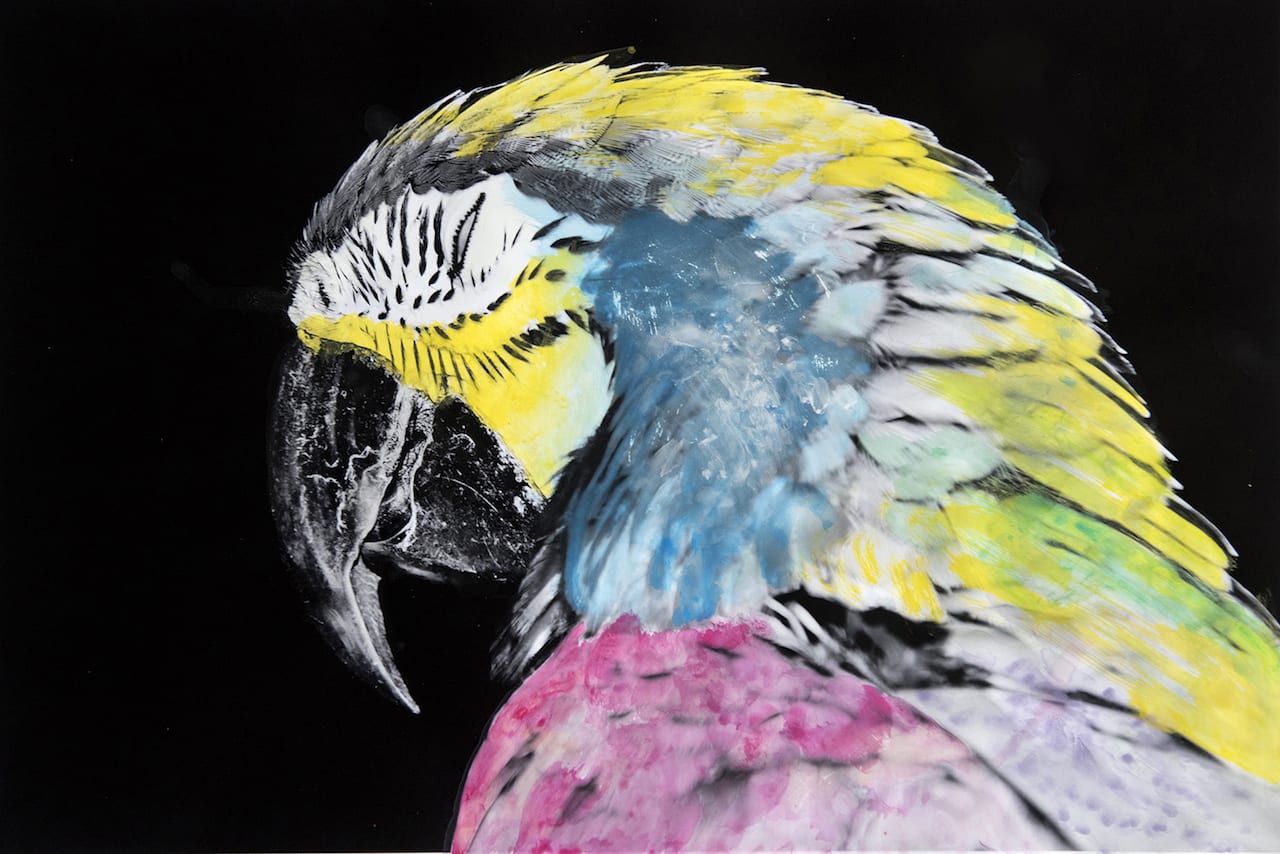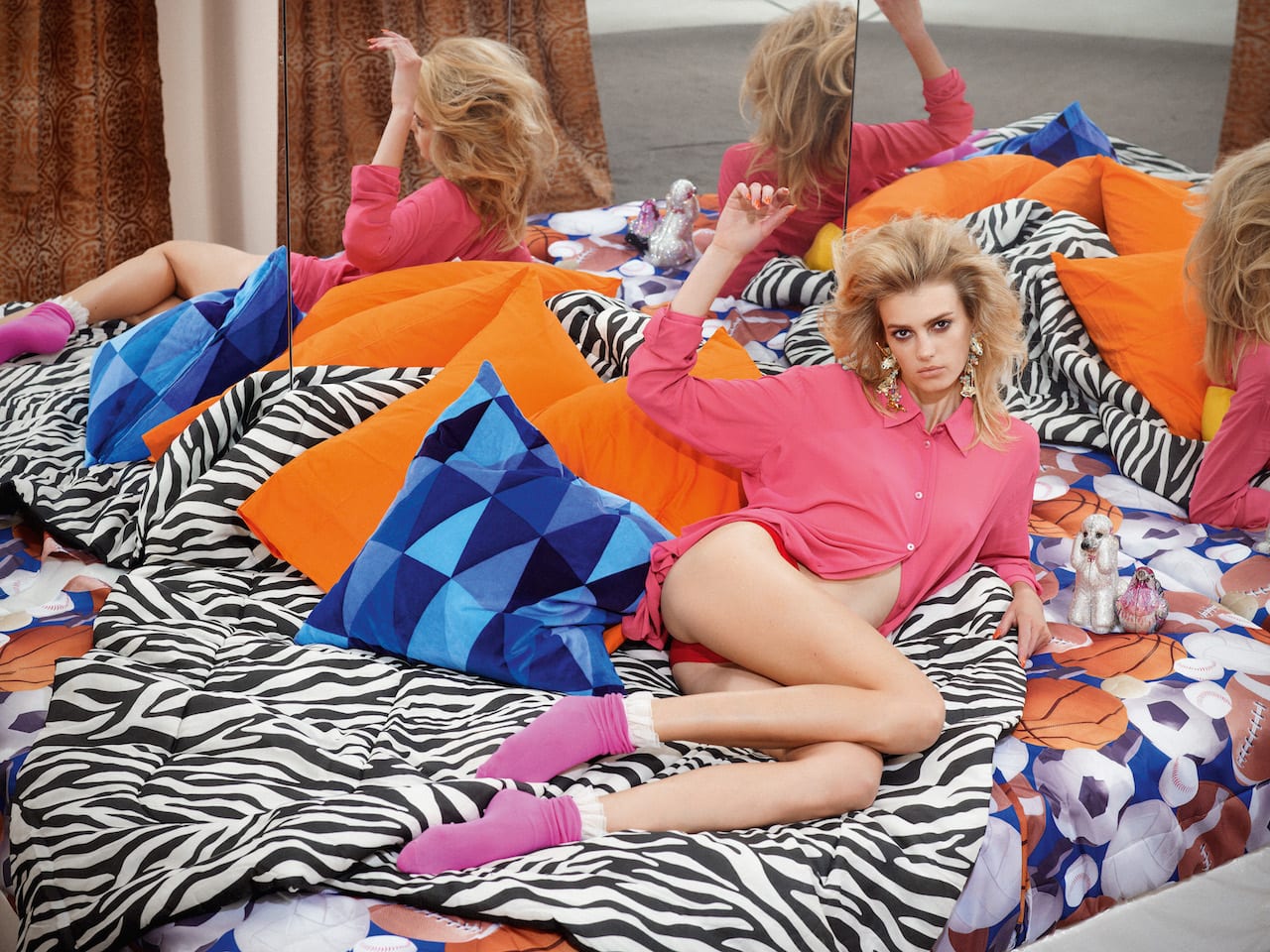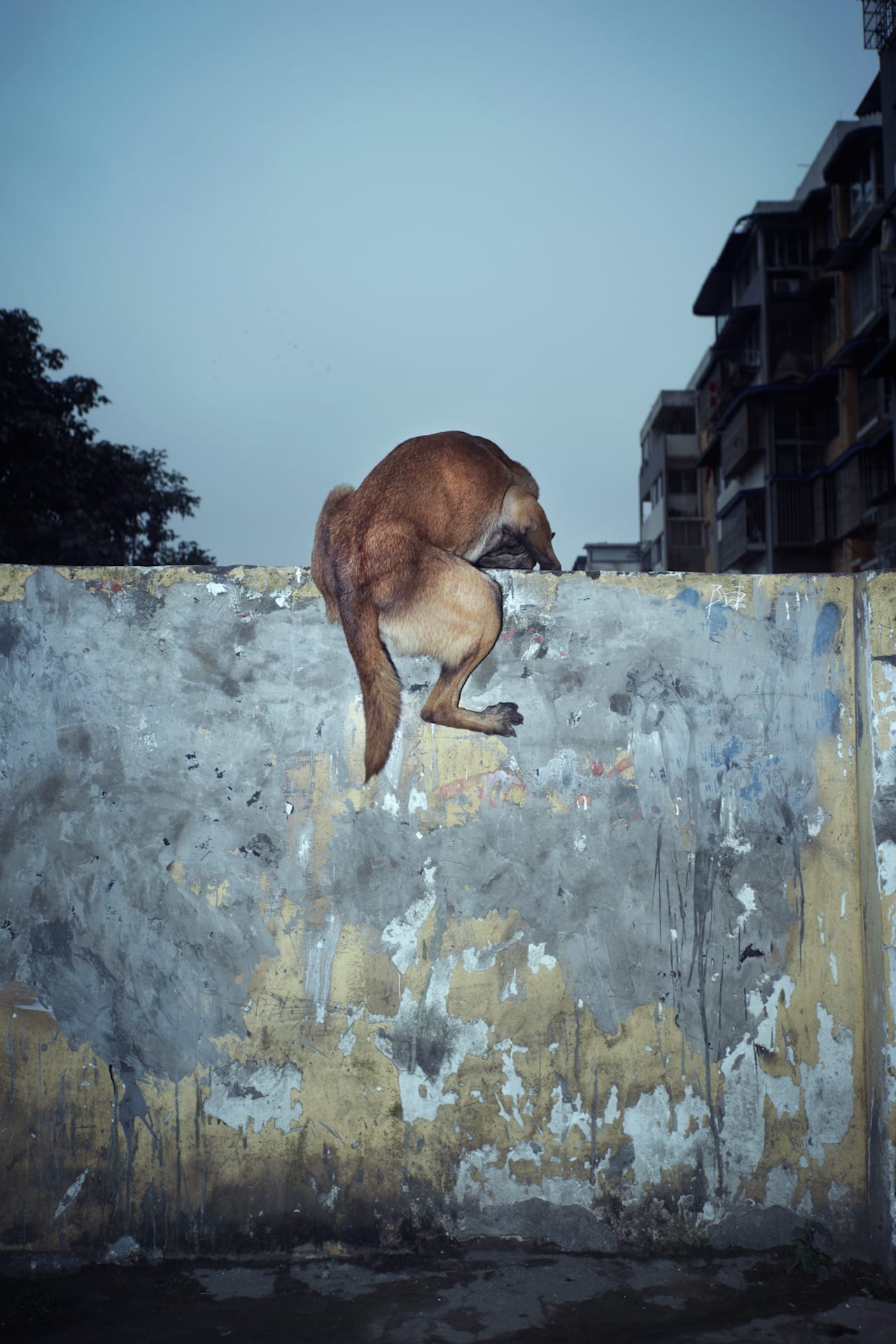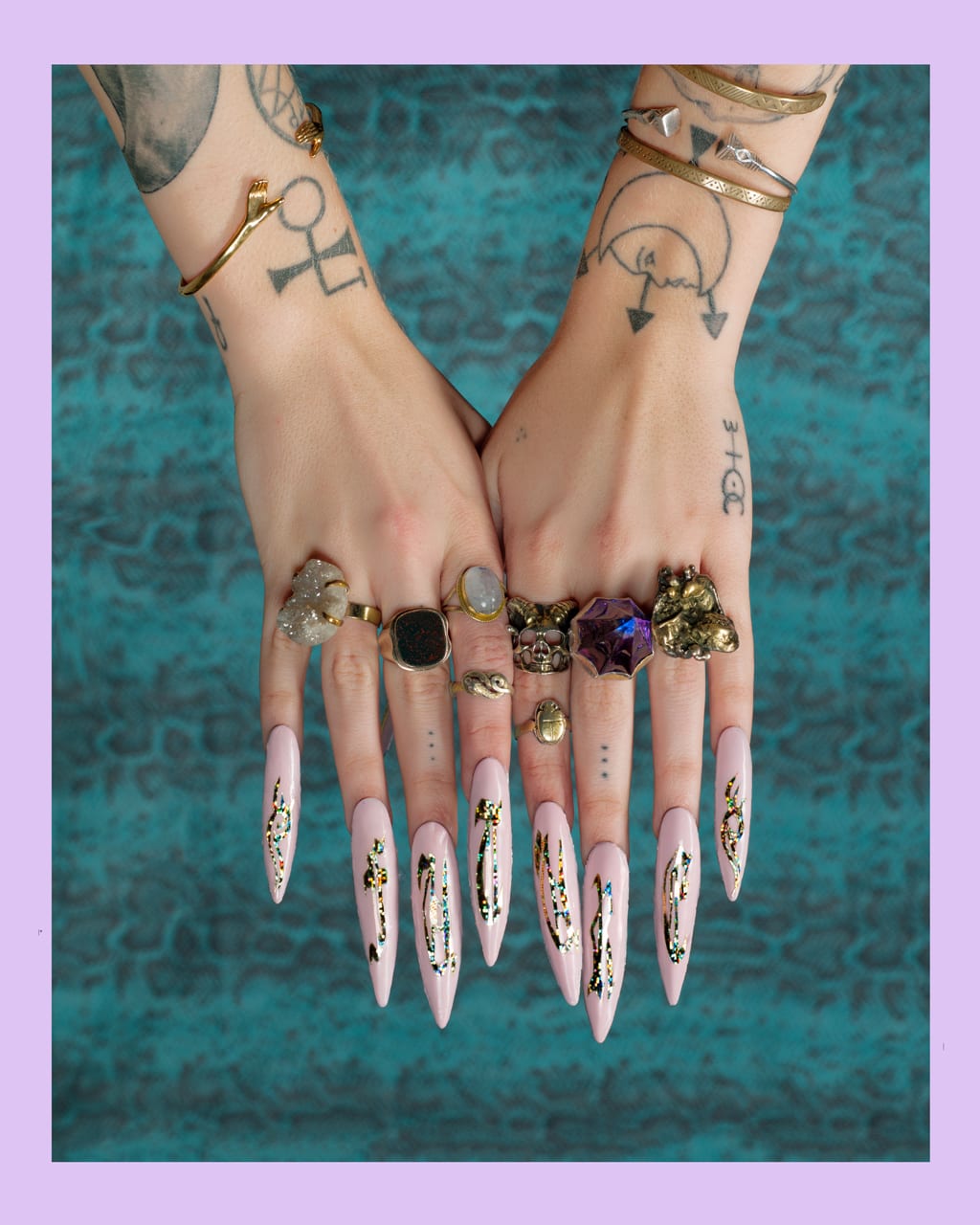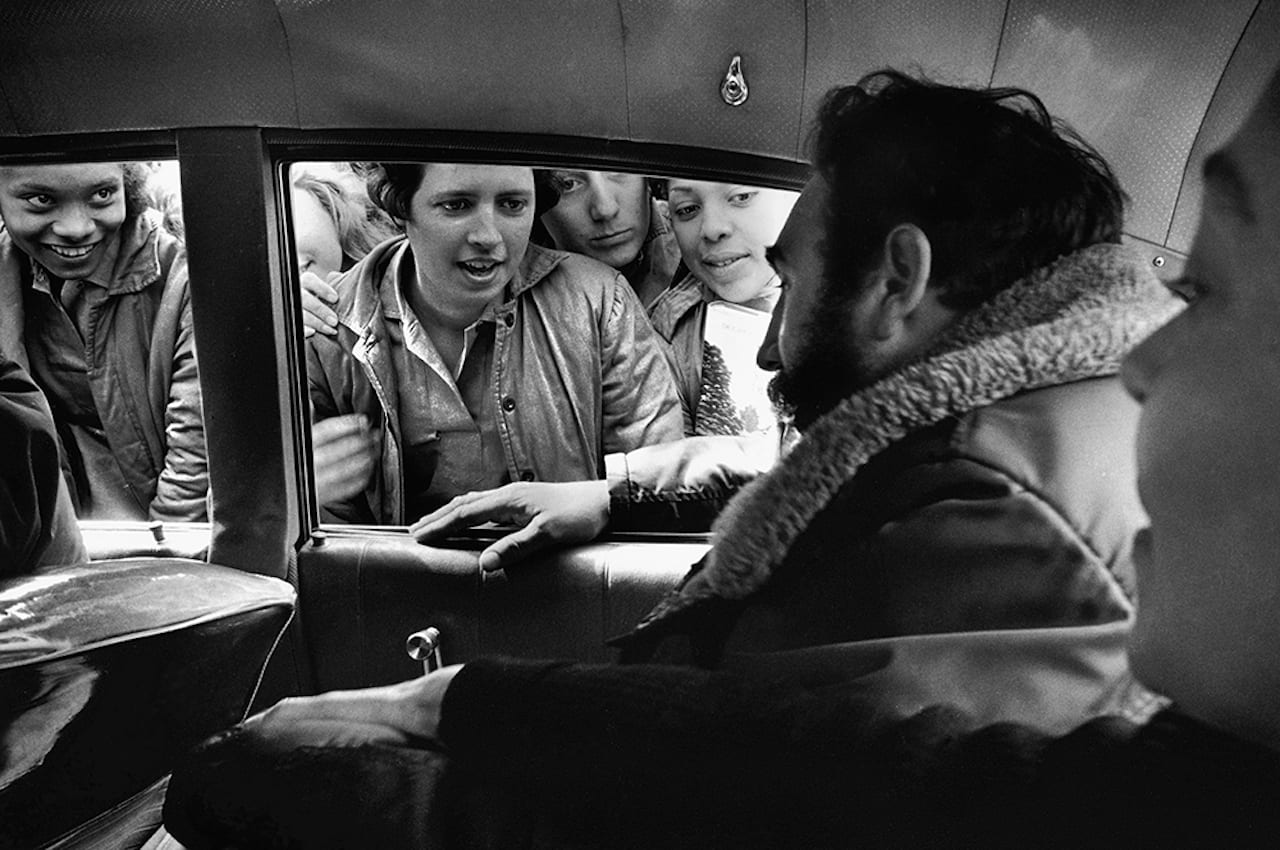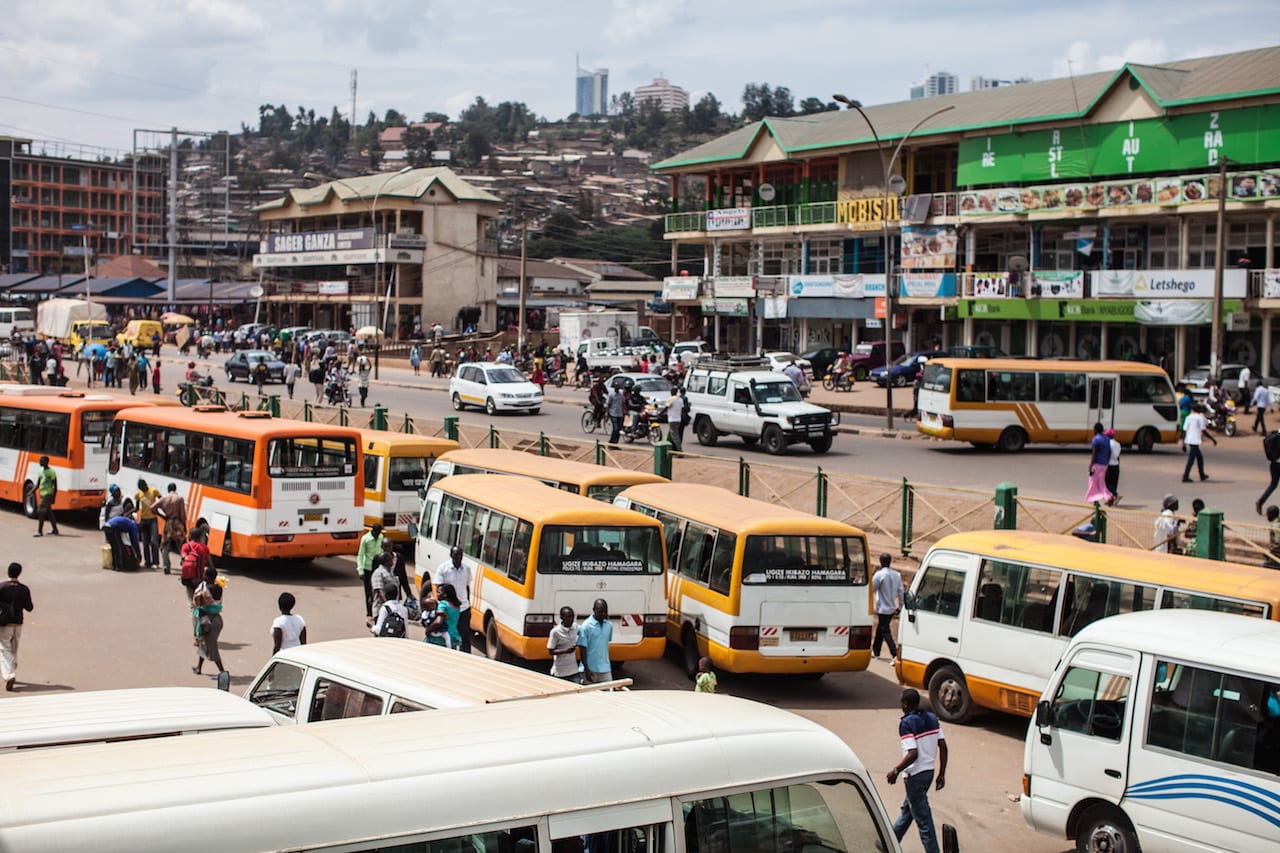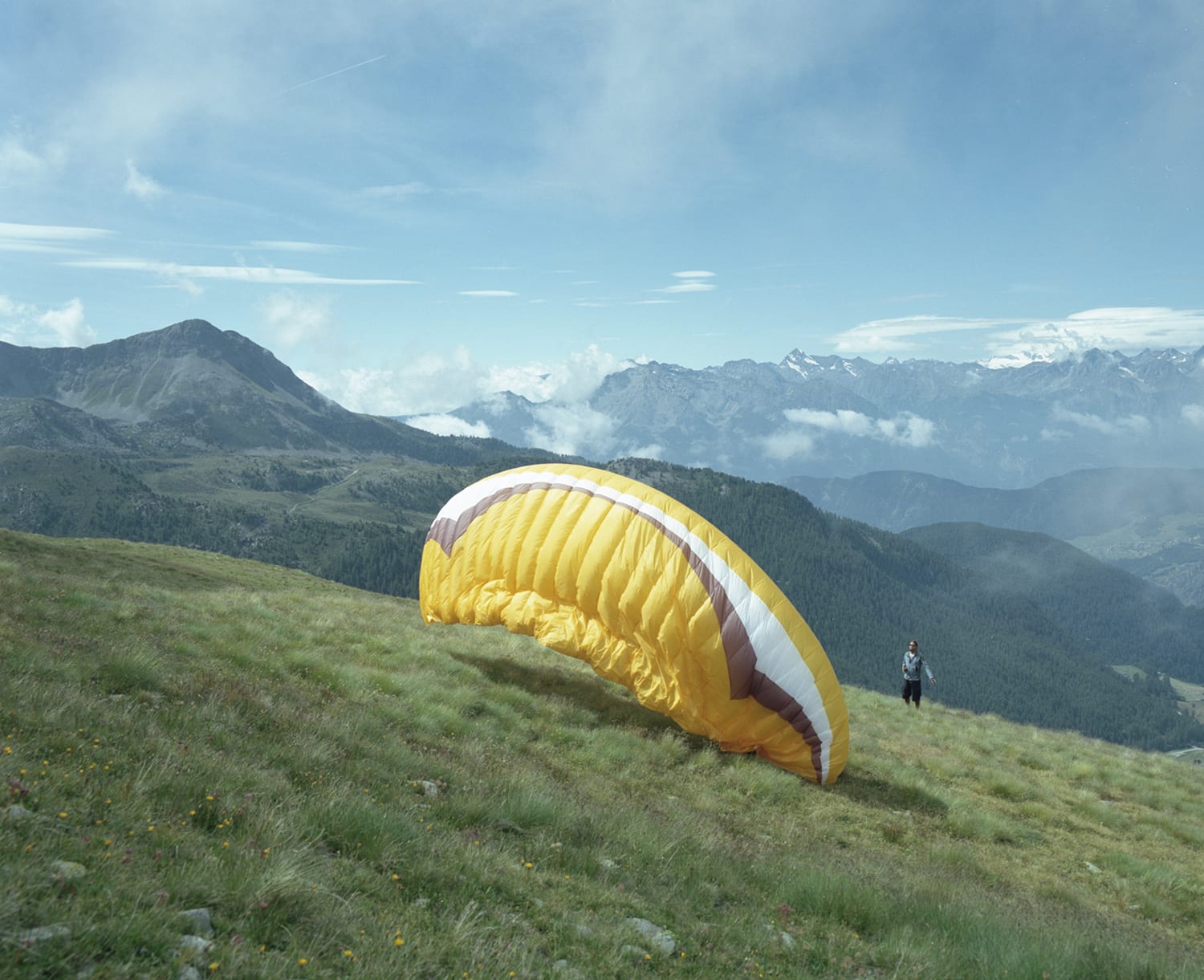Venezia graduated from university in 2016; starting life as his end-of-year project, Nekyia demonstrates the research-based direction he moved into, drawing on classical literature to explore the complex economic and political situation of modern Greece. It focuses on the river Acheron, which flows through Epirus in northwestern Greece, and is featured in classical epics such as The Odyssey, Aeneid and The Divine Comedy as the boundary between this world and the underworld. Its name literally translates as the ‘river of woe’.


